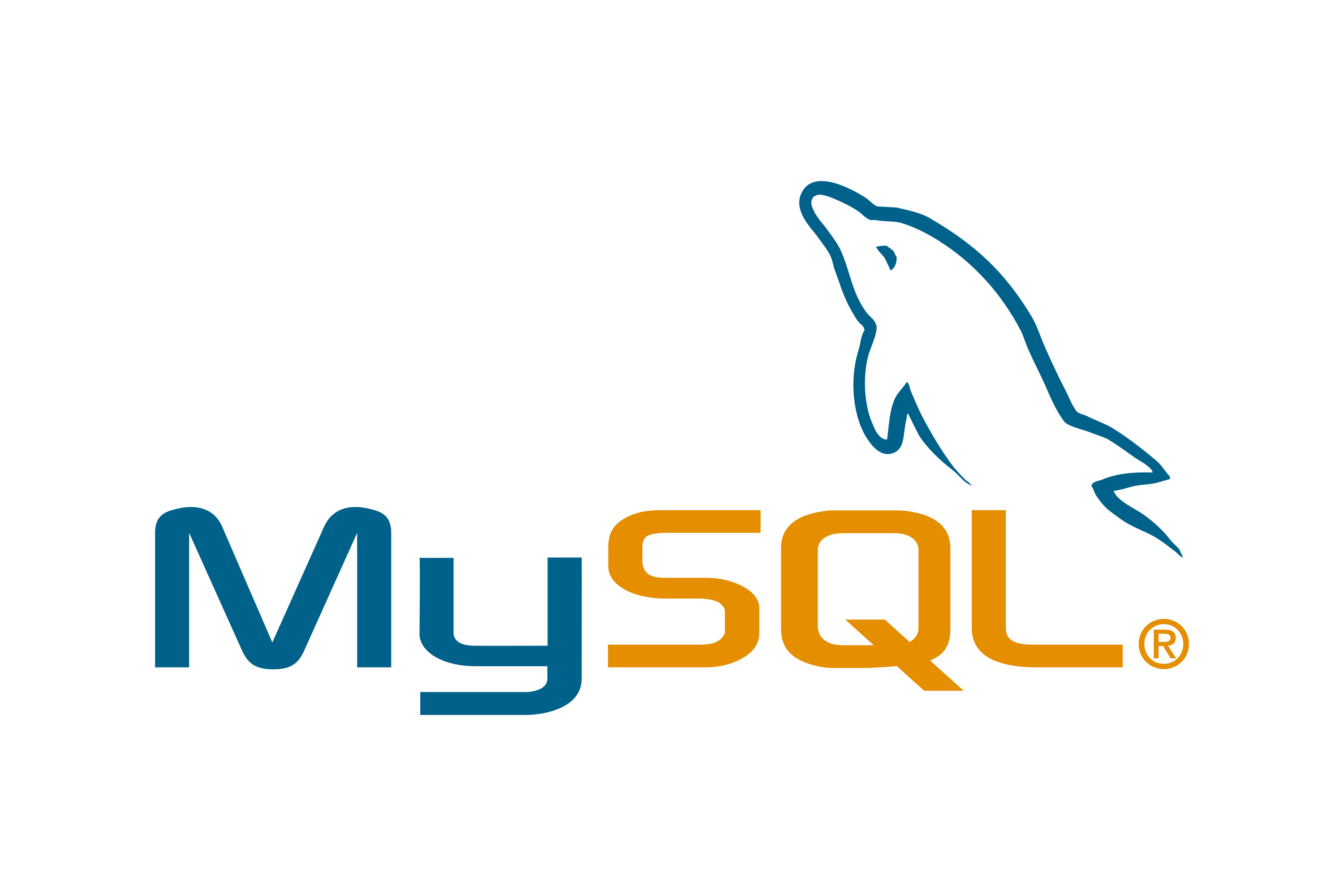
 Comparison: MySQL vs Neon
Comparison: MySQL vs Neon
 Comparison: MySQL vs Neon
Comparison: MySQL vs NeonModified date: Monday, June 30, 2025
| Feature | MySQL | Neon | Definition |
|---|---|---|---|
| intro | MySQL is an open source relational database management system (RDBMS) that’s used to store and manage data. | Neon is a serverless open-source alternative to AWS Aurora Postgres. It separates storage and compute and substitutes the PostgreSQL storage layer by redistributing data across a cluster of nodes. | |
| vendor | Oracle | Databricks | |
| initial release | 1995 | 2021 | |
| latested version | 9 | 8717 | |
| db-engines ranking | 2 | no ranking | |
| relational? | yes | yes | |
| open source? | yes | yes | |
| license | Apache | ||
| price: box software | |||
| on-premise offering | yes | ||
| cloud offering | None | cloud vendors | |
| technical doc | https://dev.mysql.com/doc/ | https://neon.com/docs/introduction | |
| supported platforms |
| Feature | MySQL | Neon | Definition |
|---|---|---|---|
| int: signess | both | signed only | |
| int: 1-bytes int name | tinyint | n.a. | |
| int: 2-bytes int name | smallint | smallint | |
| int: 3-bytes int name | mediumint | n.a. | |
| int: 4-bytes int name | int | int | |
| int: 8-bytes int name | bigint | bigint | |
| decimal: storage size | variable | ||
| decimal: range | up to 131072 digits before the decimal point; up to 16383 digits after the decimal point | ||
| char(n): max bytes | 10,485,760 | ||
| text: max bytes | 1G |
| Feature | MySQL | Neon | Definition |
|---|---|---|---|
| SQL: standard complaince | medium | high | |
| PL: main | SQL + SP | SQL + PL/PgSQL | |
| PL: other language support | no | yes | |
| Object-Relational? | no | yes | |
| vector search | no native | no native | |
| base | PostgreSQL | ||
| max SQL length | |||
| SP: max parameters | 100 | ||
| UDF: max parameters | 100 | ||
| SQL: max parameters | 65535 | ||
| SQL: query hints | GUC only | ||
| SQL: explicit locking | yes: row, page, table level | ||
| Triggers? | yes | ||
| Triggers: scope | tables, views, foreign tables | ||
| Triggers: type | BEFORE, AFTER, INSTEAD OF | ||
| Extension Mechanism | C programming, link with engine |
| Feature | MySQL | Neon | Definition |
|---|---|---|---|
| arch: server | C/S | C/S | |
| arch: run in browser? | no | no | |
| arch: Multi-master support? | no | no | |
| arch: primary/read replica? | yes | yes | |
| replication: sync/async | both | both | |
| ACID | yes/atomic DDL (non-transactional) | ||
| ACID: durability | yes | ||
| Materialized View: support? | no | ||
| arch: in-memory support | no | ||
| Neon is based on PostgreSQL with storage and compute separation enhancement for native cloud DB. | |||
| replication: WAL shipping | yes |
| Feature | MySQL | Neon | Definition |
|---|---|---|---|
| any official TPC benchmarks? | no | no |
| Feature | MySQL | Neon | Definition |
|---|---|---|---|
| command line client | mysql | psql | |
| admin(GUI) | MySQL workbench | pgAdmin |
| Feature | MySQL | Neon | Definition |
|---|---|---|---|
| Jurisdiction | US | US | |
| ECCN | None | None | |
| Eligible License Exception / CCATS | Not required | Not required | |
| Encryption Components | SSL | SSL |
| Feature | MySQL | Neon | Definition |
|---|---|---|---|
| concurrency control | InnoDB: MVCC | MVCC | |
| MVCC: implemented? | yes | yes | |
| MVCC: rollback segment | yes | ||
| Implementation language | C++ | Rust |
| Feature | MySQL | Neon | Definition |
|---|---|---|---|
| CBO? | yes | yes | |
| framework | System-R | System-R | |
| stats: multi column | no | yes | |
| plan guide? | no | no | |
| join order search | dynamic programming + Generic Algorithm (GEQO) | ||
| query hints? | GUC only |
| Feature | MySQL | Neon | Definition |
|---|---|---|---|
| spilling support | yes | yes | |
| model | Volcano | Volcano + push for parallel run | |
| support intra-parallel query? | no | yes | |
| adaptive execution (AQP)? | no | no | |
| vectorization | no native. | no native | |
| iterator: join methods | except MJ | all 3 | |
| Error: out-of-range and overflow | strict mode: abort. Non-strict mode: continue with warning. | abort the transaction | |
| resource management | simple: work_mem controls per-operator memory use |
| Feature | MySQL | Neon | Definition |
|---|---|---|---|
| Page Size | 4K, 8K, 16K, 32K, 64K | ||
| Storage Compression | ROW_FORMAT=COMPRESSED | ||
| ACID: durability mechanism | InnoDB: WAL |